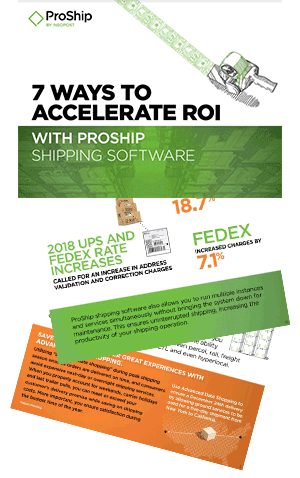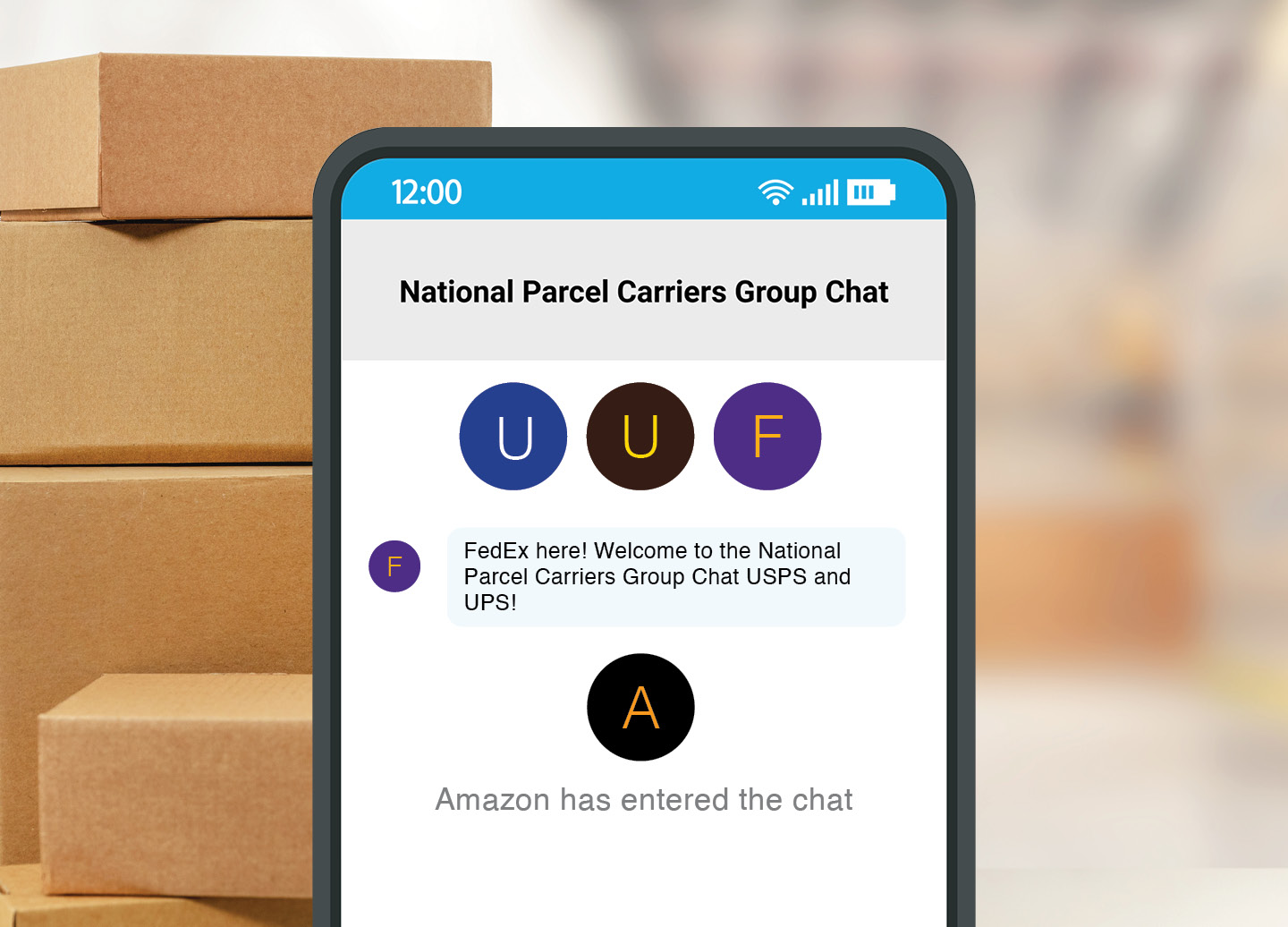Amazon signs up more Prime members on this year’s Prime Day than ever before
Amazon Prime Day 2018 blew away past years for Amazon.com and set a new sales record for their company. This isn’t particularly surprising given the event’s extended hours and the availability to access through four markets. It’s also not surprising the anger and frustration that customers felt when the servers were immediately overwhelmed and gave up under pressure. The standards that consumers hold Amazon to are high, but those standards are set by Jeff Bezos himself.
Back in 2001 on a corporate retreat Jeff Bezos developed a concept referred to as a “flywheel effect”, which is essentially a self-reinforcing loop creating motivation in businesses to grow from good to great. Bezos jumped on the idea and soon realized that this was the secret ingredient to their recipe for success. He started by reducing prices to bring customers in and to encourage multiple visits. This then attracted third party sellers, which in turn led to Amazon Prime.
As Bezos said to Walt Mossberg in a 2016 Recode interview: “If you look at Prime Members, they buy more on Amazon than non-Prime members…once they’ve paid their annual fee, they’re looking around thinking ‘how can I get more value out of the program?’ So they look across more categories, they shop more…a lot of their behaviors change…it really is a flywheel.” This truly shows the true purpose of Amazon Prime Day: it’s less to do with short term sales, and more to do with generating long-term and sustainable momentum in Amazon’s business.
On Amazon Prime Day 2018, which Amazon is touting as the “biggest shopping day in its history”, the behemoth company admittedly had trouble keeping up with the monster they created. Within 15 minutes of kickoff, it was quickly apparent the e-commerce giant didn’t have enough servers to handle the surge in traffic, leading Amazon to throw up a scaled-down backup front page and to pause all international traffic. This wasn’t the first time that Amazon Prime Day was their own worst enemy – in 2016, a computer glitch prevented people from checking out their purchases in the early hours of the sale.
These snafus ended up causing problems throughout the company. Some warehouses reported being unable to scan or pack orders. Teams encompassing Alexa, Twitch and other Amazon offerings also reported having trouble. Those customers experiencing problems reported their shopping efforts were met with a broken website and app redirecting customers to pictures of Amazon employee dogs on its error pages. For many shoppers, the problems persisted for hours, and they never returned to the website. Amazon’s Twitter and Facebook quickly filled with messages such as, “Been waiting and counting down FOREVER for #PrimeDay, now it’s crashed. Who else feels personally victimized by Amazon Prime?”, “Great time for Amazon to be down on #PrimeDay. At least I got to meet all the dogs…” and “Hey Amazon, showing me sad dogs when your site goes down on your own promoted day doesn’t make me feel any better about your failure…”
Despite the obvious issues, Amazon still reports having racked up record sales for the single shopping event. In the 36 hours they hosted Prime Day, which was already extended six hours longer than last year, they blew away past years’ sales. According to dynamic repricing firm Feedvisor, which tracks customer sales data on Amazon, Prime Day total sales were up 24% and total orders up 18% from 2017, when factoring in the extra six hours of this year’s event. Another estimate from Wedbush Securities analyst Michael Pachter put the Prime Day gain at 33% over 2017, for a total haul of $4.2 billion, based on an analysis of the tea-leaf information Amazon doled out after the event closed.
This year Amazon said they signed up more Prime members on Prime Day than ever before.
Currently there are more than 100 million Prime members worldwide, and a major focus of the made-up holiday is to bring in even more. This year Prime members from 17 different countries scrambled to get the best deal. The sale is exclusive to Prime members, which means that the site crash was thanks to their friends who are paying $119-a-year, or $12.99 a month for a membership. Add on those who are non-paying members such as those on a 30-day free trial or six-month free student membership, and you have a horde of shoppers happy to spend their money.
Amazon’s own top products sold were the Echo Dot and the Fire Stick with Alexa Voice Control Remote. Non-Amazon products flying off the warehouse shelves were the ever-enticing Instant Pot, which sold more than 300,000 units, and the fascinating LifeStraw, which saw more than 150,000 sales during Prime Day. The best-selling items on Prime Day in other countries varied. The U.K. preferred a Bosch Cordless Drill and the Philips Hue Personal Wireless Lighting Light strip, while Japan bought lots of Whey Protein and “Super Nanox Liquid Laundry Detergent”.
A large part of the draw bringing people to mark their calendars for this online-only sale was just that – you didn’t have to leave your couch, and it was promised at your doorstep in only two days. Additional conveniences added by Amazon, such as fast and cheap delivery of groceries, has caused people to turn to the online retailer more than ever. Realizing the need to sell and ship products quickly and cheaply, Amazon began to look at shipping as a competitive edge. A large component of Amazon’s success is due to them capitalizing on the opportunity to turn shipping and fulfillment into a weapon for success.
Despite glitches, hang-ups and sad dogs, Amazon’s 2018 Prime Day was an undeniable victory. While they are exclaiming a financial success, others are still wondering if they could face a fallout for the fumbled execution. Perhaps customers will view the website as less reliable, or cloud-computing clients would see Amazon Web Services as flawed. Not so, according to Victor Rosenman, CEO of Feedvisor, a software provider for Amazon sellers, “People will forget about it. It’s more something that the news will repeat than people will care about.” If their items get to them in two days, I think that the 300,000 new Instant Pot users will have more things to worry about, like what recipe to try next.
Learn more about how ProShip Multi-Carrier Shipping Software can give your company the advantage to keep your customers happy, your product moving and your costs down.

 Back to Blog
Back to Blog







